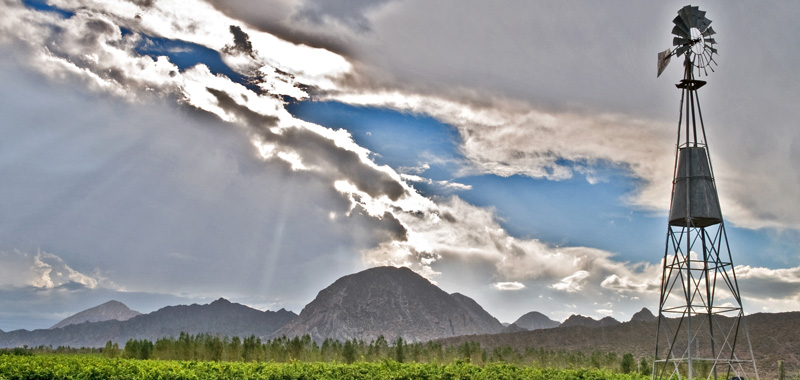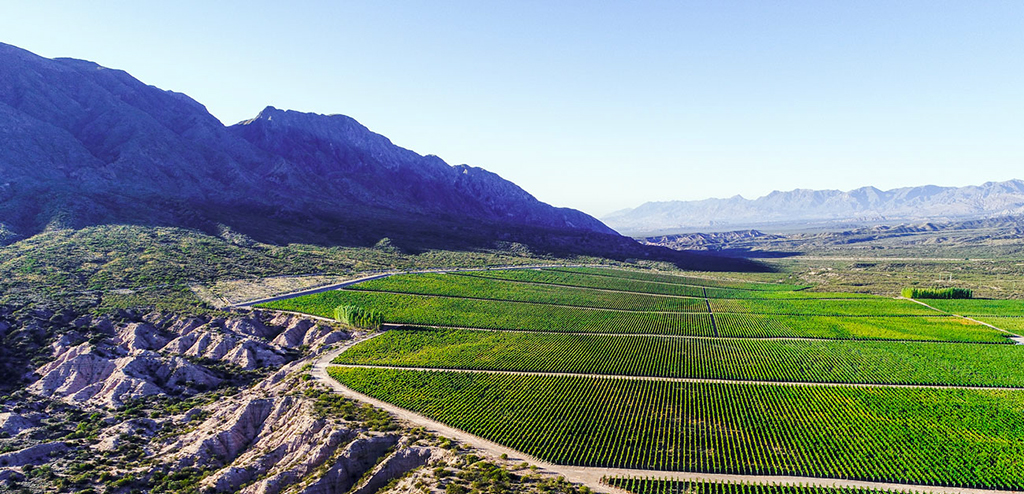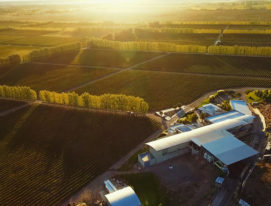With 44,923 hectares of productive vineyards, San Juan is the province with the second largest surface area under vine in Argentina after Mendoza. Its wine producing history dates back to the seventeenth century but in recent decades the wines of San Juan have undergone a transformation in which the restoration of old vineyards and re-interpretation of traditional varieties go hand in hand with the identification of distinctive terroirs such as the Pedernal and Calingasta valleys.
In San Juan, white wine continues to be more widely produced than in other regions in Argentina: the most recent statistics from the National Viticultural Institute (INV) show that in 2020 white wine production exceeded that of reds, reaching a share of 50.1%. Among the reds, Malbec now outstrips the more traditional Syrah sanjuanino, which has been pushed down to second place.
But perhaps the most significant trend is the fact that in addition to the traditional aromatic, light bodied wines that used to be typical of the wines of San Juan; designed more for everyday drinking, today there is a wide range of wines that focus on freshness and complexity, some of which have broken into the high-end segment with their distinctive identity.
“In recent years there has been a shift toward fresher, more easy drinking, fruity wines aimed at new consumers with a wide range of styles and prices, plenty of choice,” says Mario Pulenta from Bodega Augusto Pulenta and President of the San Juan Chamber of Vintners.
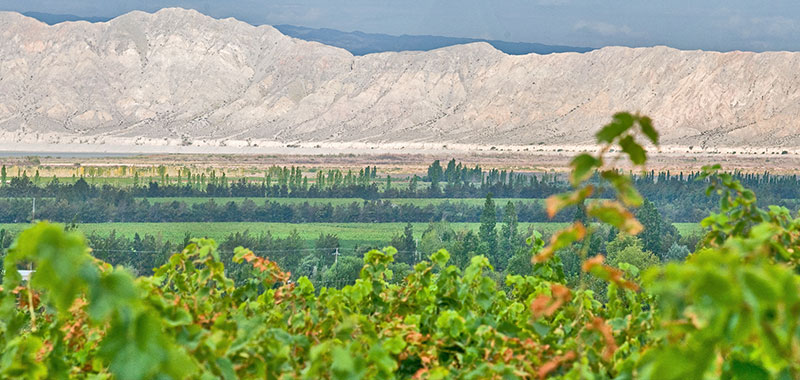
The Wines of San Juan: a G.I. worth discovering
Part of the San Juan wine revolution has taken place in the Pedernal Valley, a new wine producing region (the first vineyards were planted in the 1990s) where wines are being made that have won international acclaim.
“In 2007, the Pedernal Valley was designated a viticultural Geographic Indication (G.I.) affirming its unique and distinctive status as a place that produces world-class Argentine wines,” says Pablo Gómez Sabatié, the agricultural engineer at Bodega Fuego Blanco. “It’s a terroir that is both emerging and exceptional; a productive oasis protected by the natural barrier of the Pedernal Sierra which allows us to make great wines.”
“The discovery of the Pedernal Valley has without a doubt raised the global profile not just of wines from the province but all of Argentina,” says Paula González, oenologist at Pyros Wines. “It shows that top quality wines can be made in San Juan thanks to the unique terroir of the valley which boasts wines made in a cold climate and geologically calcareous soils that result in a unique style of world class Malbec.”
Of course, given the prominence of whites in the region, Pedernal wasn’t to be left behind: “Both Chardonnay and Sauvignon Blanc take on a distinctive character. Great aromatic power in the case of Chardonnay and plenty of freshness due to the natural acidity we get and a fruity character with citrus and white fruit flavors like pear. With the Sauvignon Blancs we were surprised by the exotic expression with notes of passion fruit and very faint vegetable aromas,” says Pablo Moraca, marketing manager at Finca Las Moras.
A distinctive characteristic of Pedernal noted by Sabatié is how the heights and soils vary within a few meters in the same vineyard: “You can be walking along a row and a few meters in you’ll see it change completely. This results in complex wines that can differ greatly from sector to sector. It’s the kind of effect one usually only sees in legendary places like Pomerol in France or Tuscany in Italy.”
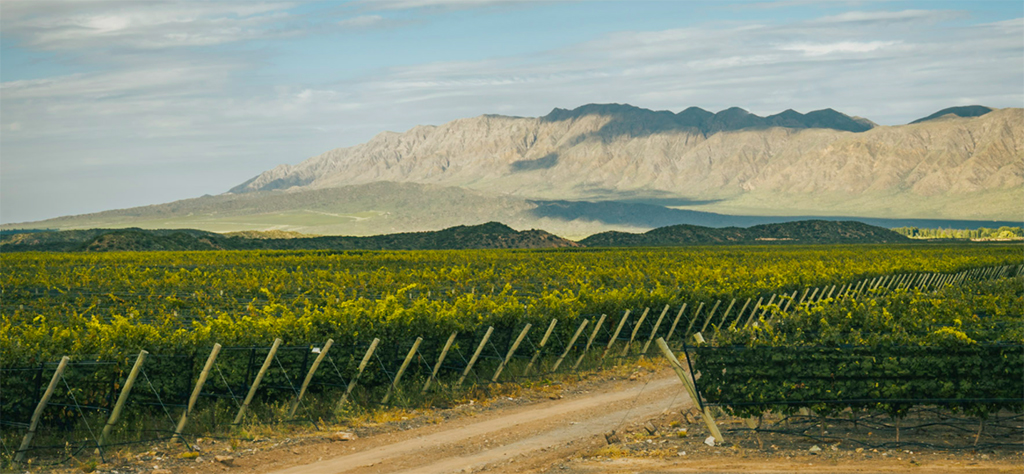
Restoring traditions
Another San Juan valley that is making waves with its recent wine output is Calingasta, which is set in the Andes and, in contrast to Pedernal, has an appreciable wine heritage. “Calingasta has a viticultural history that dates back more than 200 years, of which many vines remain to this day,” says the agricultural engineer Francisco “Pancho” Bugallo from the Cara Sur winery. “At Cara Sur we’re working to restore these vines, all of which were planted in pergolas; the most common variety is Criolla Chica [Listán Prieto]. Some are more than 100 years old and still producing: they’re balanced and give extraordinary fruit.”
In addition to the criolla (native) varieties such Torrontés Sanjuanino and Moscatel Blanco, there are more recent plantations of Malbec and Cabernet Sauvignon. The wines of Calingasta are also different to the wines of San Juan of the past: their calling card is the freshness that results from the cool, windy conditions one finds in the high altitude valley (the vineyards are planted at between 4400 and 5700 feet above sea level) which because of the natural geographic barriers creates a very healthy environment for the vines meaning that chemical treatments aren’t necessary. Here the vines are watered with snowmelt from the Andes.
But the transformation to freshness and greater oenological quality isn’t just occurring in the Pedernal and Calingasta valleys: the traditional valleys of Ullum, Zonda and Tulum are also surprising drinkers with new profiles.
“The evolution of these valleys is related to technical changes in how the vineyards are built as well as harvest times and more advanced technology in wineries resulting in fresher products with more vivid aromas and colors, all thanks to the work being done at the winery,” says Moraca at Finca Las Moras.
Today, he adds “we look for the just right amount of ripeness in the vines, trying to get away from wines with high alcohol content and an extractive, excessively woody feel. Now we’re seeking a better balance with more acidity for greater freshness and better longevity, potent aromas and oak that enhances rather than drowning out the elegance. All these different details come together to produce much more elegant and competitive wines at a global level, the kind that are appreciated both in Argentina and abroad.”
So, what does one find today in the traditional wine producing valleys of San Juan? “In the Tulum Valley you find fresh, fruity wines with good aromas, excellent for yearly consumption,” says Mario Pulenta. “Bonarda, Malbec and Syrah among the reds and Pinot Gris and Torrontés among the whites, all of which take on an intriguing quality in the valley. The valleys of Ullum and Zonda lend more concentration and color but preserve the freshness, mainly in the varieties Syrah, Malbec and Cabernet Franc.”
In every case, Pulenta concludes: “we have evolved toward a more international profile following a lot of hard work in the vineyards, less intervention during the wine making process and less use of wood, allowing the differences one finds in the different valleys and wines of San Juan to come out properly.”
